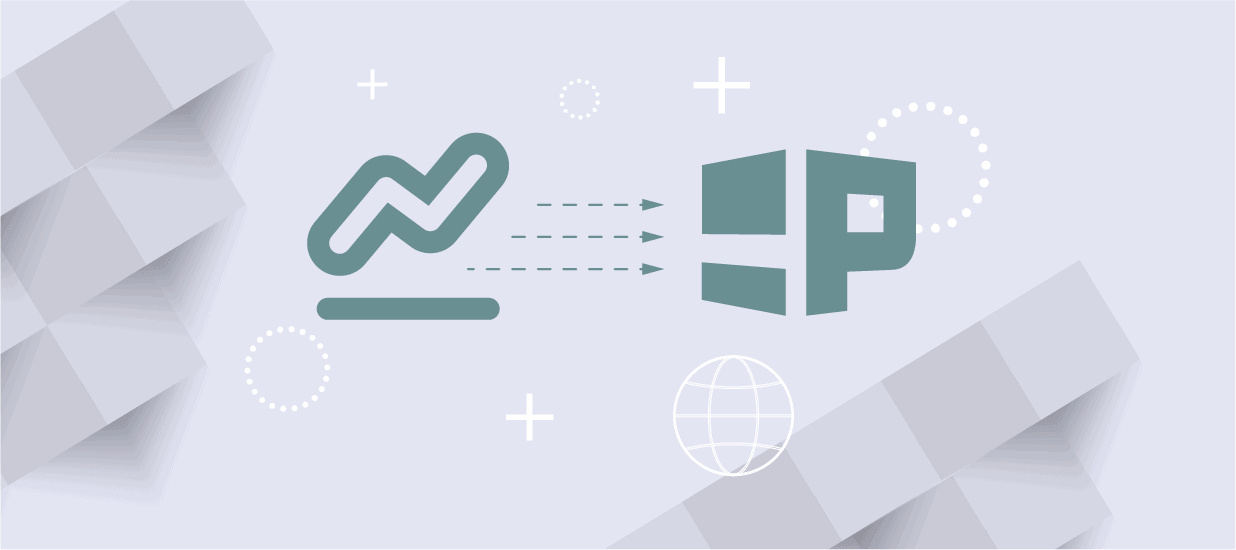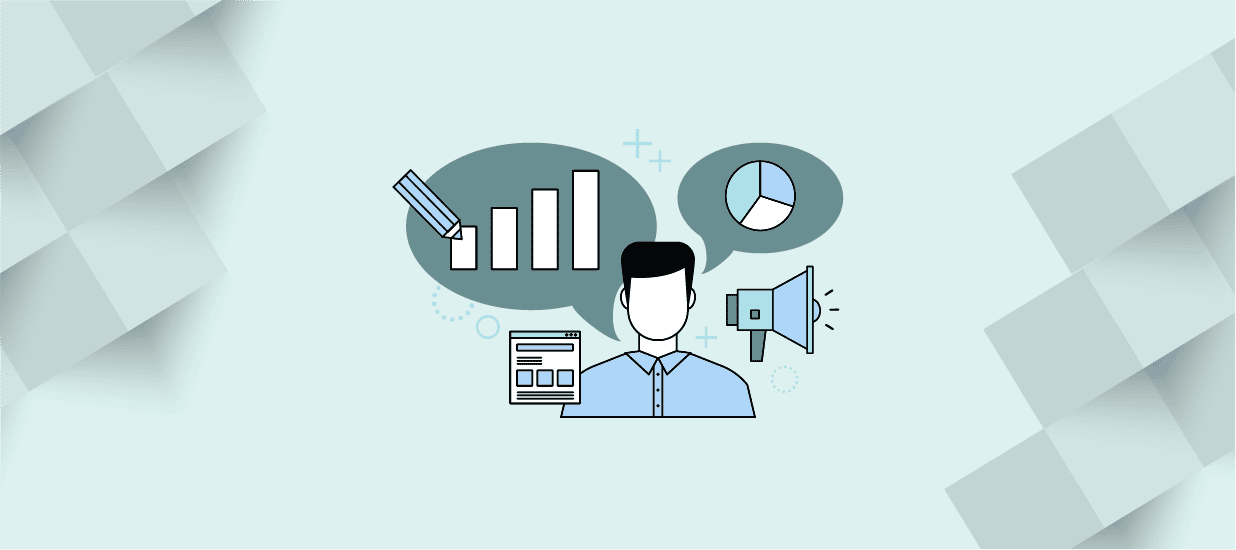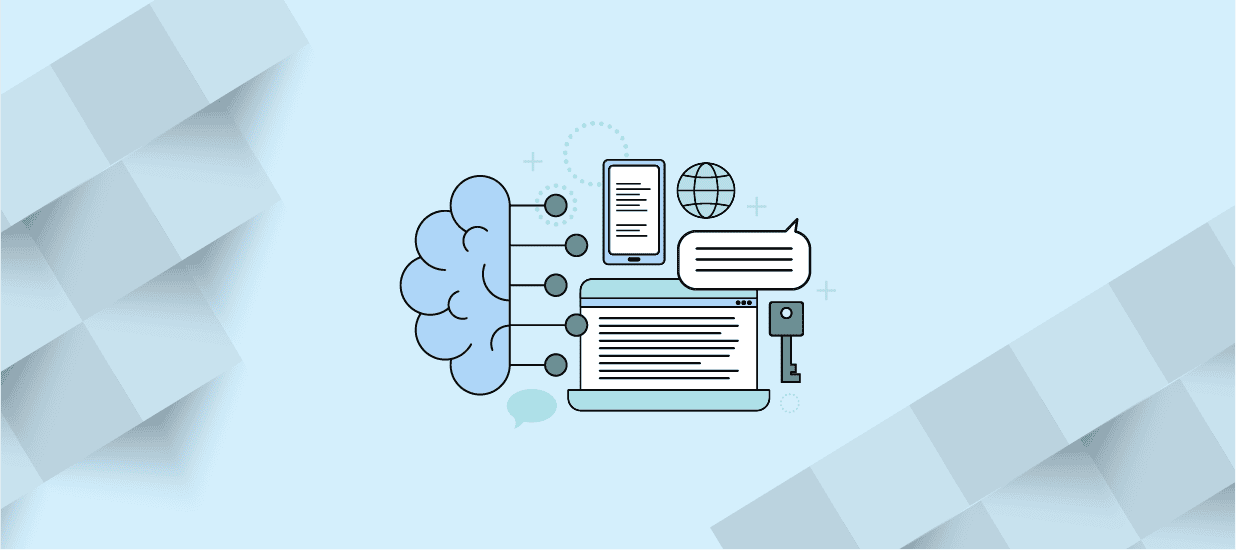Spotify, a titan in the realm of audio streaming, has transformed the way we experience music and podcasts. Since its inception in 2008, it’s become a ubiquitous platform, boasting a colossal user base of approximately 515 million active subscribers as of Q1 2023. A veritable haven for music and podcast aficionados, Spotify’s success is attributed not just to its vast repertoire of content but to its unrelenting commitment to data-driven customization.
With a seemingly infinite library of diverse music in various languages, Spotify expertly caters to every listener’s palate. From chart-topping hits to hidden gems, the platform ensures an inclusive auditory journey. One of the cornerstones of Spotify’s success is its intuitive interface and its exemplary recommendation system, which brings new music to listeners’ fingertips. This level of personalization is the result of a calculated and strategic approach to data.
At its core, Spotify has mastered the art of turning raw data into tailored experiences. The platform employs sophisticated algorithms to predict users’ music preferences, harnessing insights from users’ listening histories and descriptions of their preferred songs or artists. The process is intricate and ingenious, transcending the apparent simplicity of the user interface.
Creating Value Through Data
Spotify’s strength lies in its unique ability to leverage user data and machine learning algorithms. By analyzing individual music preferences, search behavior, playlist data, geographical location and device usage, Spotify tailors personalized playlists and recommendations.
Powered by collaborative filtering, natural language processing and audio models, the predictive recommendation engine generates playlists like “Discover Weekly” and “Release Radar”. This serves to heighten user satisfaction and provides artists with a broader audience. As the database grows, the recommendation engine becomes increasingly accurate, delivering an even more refined user experience.
Not only does Spotify enrich the listener’s experience, but it also provides artists and managers with valuable tools and insights. The “Spotify for Artists” tool grants artists direct access to their performance metrics, user engagement and listener demographics.
This data-driven perspective empowers artists to understand their audience better and make informed decisions regarding their music careers. Further, Spotify’s Creator Technology Research Lab explores AI’s potential to push artists into uncharted creative territories, even releasing AI-generated songs.
Internally, Spotify deploys data analytics across all business processes. User data is utilized for global ad campaigns, creating personalized and engaging advertisements. A/B testing and detailed data analysis aid the product team in developing new features that elevate user experience. Thus, Spotify ensures a seamless and powerful user experience, incorporating insights from artists, listeners and geographical data.
But how exactly does Spotify prioritize its data projects?
Prioritization of Data Projects at Spotify
As Spotify acknowledges the substantial impact of data-driven decision-making, the prioritization of its data projects is of paramount importance. They use different factors to decide which data projects to prioritize.
- Project Value and Impact: Potential data initiatives are likely evaluated based on anticipated value and impact, focusing on benefits for users, artists and internal operations.
- Strategic Alignment: Initiatives that align closely with Spotify’s strategic objectives — such as broadening the user base, enhancing user engagement or optimizing the ad platform — are likely given higher priority.
- Feasibility and Resource Availability: The practicality of the project and the availability of necessary resources, whether human, technical or financial, are key factors in the prioritization process.
- Risk Assessment: Spotify likely conducts a thorough risk assessment for each data project, considering factors like data privacy, technological feasibility and potential unintended consequences for users or artists.
- Data Quality and Accessibility: The quality and readiness of the necessary data for a project is also a significant factor. Projects might be prioritized if the required data is readily available and high-quality.
Senior executives and product leaders at Spotify guide the overall strategy for data projects. They set priorities based on the company’s strategic objectives and make the final decisions on resource allocation, ensuring the projects align with Spotify’s mission and values while mitigating any potential risks associated with data usage.
Unraveling Spotify’s Data Collection Methods
Spotify employs a multi-pronged approach to data collection, leveraging three key recommendation models: Collaborative filtering, content-based filtering and machine learning algorithms.
- Collaborative filtering, a technology widely adopted across various industries, aims to analyze user behavior to detect patterns and preferences. This method allows businesses to gain significant insight into client preferences and adjust their offerings accordingly. For instance, if Spotify discovers that fans of one artist also favor another, that information is used to tailor personalized content that includes both artists and similar ones.
- Content-based filtering offers customized recommendations based on song and artist descriptions. This method delivers user-specific suggestions by evaluating music content and attributes like genre, pace, and tone. This technique proves highly effective for listeners with unique and precise preferences, which may not be accurately captured by conventional recommendation systems.
- Machine learning algorithms extract audio features from raw audio, allowing the system to understand the musical elements that contribute to user preferences. These algorithms distinguish between key, timbre, harmony and tempo.
The sophistication of machine learning algorithms extends beyond merely distinguishing musical elements. They comprehend key musical features, tempo, melody, rhythm and other characteristics. Once these elements are identified, they can be used to generate personalized playlists or even new songs, pushing boundaries by synthesizing entirely novel music based on user preferences. This intricate process relies on a harmonious interplay of hardware, software and data, each crucial in accurately capturing and interpreting a user’s musical taste.
Revolutionizing Project Management: The Spotify Model
Spotify’s impressive use of data is undeniably integral to its success. However, another significant contributor to its triumph lies in the innovative way they organize their teams to enhance flexibility and adaptability – this is popularly known as the Spotify Model.
The Spotify model isn’t merely a framework; it’s an ideology. It’s a philosophy that prioritizes human-centric agility practices, fostering a culture that encourages innovation and productivity. While it has certainly propelled Spotify’s success, its influence has also permeated other organizations.
The Birth of the Spotify Model
The Spotify Model was unveiled to the world in 2012 by Henrik Kniberg and Anders Ivarsson through their whitepaper, Scaling Agile @ Spotify. Their groundbreaking approach to agility piqued the interest of the agile transformation community, standing out for its emphasis on organizing work rather than prescribing a strict set of practices. In contrast to traditional scaling frameworks that stress specific practices like daily stand-ups, the Spotify model emphasizes structuring organizations to nurture agility.
The Architecture of the Spotify Model
The Spotify Model proposes a flexible and adaptable structure:
Key Elements of the Spotify Model (Schmiedinger, 2020):
- Squads: These are essentially tight-knit teams of 6 to 12 individuals with diverse skills. Each Squad focuses on a specific feature area and operates autonomously.
- Tribes: When multiple Squads collaborate on the same feature area, they form a Tribe. Tribes ensure coordination and synergy among Squads, typically encompassing 40 to 150 people.
- Chapter: While Squads are autonomous, specialists within the organization need to align on best practices. Chapters provide a platform for specialists to collaborate within their discipline and uphold engineering standards.
- Guild: Guilds are voluntary communities of interest, formed by passionate individuals who share a common interest. They can transcend Tribe boundaries and bring together people from various Tribes.
- Trio: Also known as the TPD Trio, it comprises a Tribe Lead, a product lead and a design lead. Each Tribe has a Trio to ensure continuous alignment and collaboration from these three perspectives when working on feature areas.
- Alliance: As organizations scale, situations may arise where multiple Tribes need to closely collaborate to achieve a common goal. Alliances are formed by combining Tribe Trios to facilitate this collaboration and help Tribes work towards larger objectives.
Despite its imperfections and impracticalities, the Spotify Model provides a blueprint that allows organizations to craft their own operational structures.
Spotify’s Commitment to Improved Data Design Tools
Spotify’s commitment to its users extends to its data scientists. With valuable user feedback in mind, Spotify continually refines its data design tools to create a streamlined and user-friendly experience.
Efforts include simplifying the process of allocating resources for notebook projects, saving considerable time for users. They also restructured the information architecture to better align with users’ thought processes, making it easier to access and control virtual machine (VM) settings.
Understanding the importance of different types of memory, they provide information about disk space availability to prevent machine failures caused by overloaded files. Taking a holistic approach, they considered the diverse backgrounds and coding practices of their data science team.
Harness Data to Drive Evolution
Spotify doesn’t just leverage data for insight; they use it to enhance infrastructure, fuel developer productivity and fine-tune their products. Their use of automated platforms for data-driven decision-making extends to various DevOps processes. For instance, they rely on Gradle for Android app development to collect and analyze data that provides insights into software performance. They also developed their own tools for data collection on iOS.
Recognizing the pivotal role of data, Spotify has invested in its Data University initiative, a program that trains engineers in the disciplines of data science and engineering. This program equips engineers with the knowledge and skills required to solve product-related problems using data-driven approaches. The impact of Data University has been substantial. Inspired by the initiative, the Android infrastructure team has improved build times and the local development experience, forming tribes to offer data infrastructure and visualization tools.
Through the utilization of their improved data infrastructure, Spotify has optimized Swift by analyzing trends and component usage. Their steadfast commitment to data-driven decision-making sets Spotify apart. Their strategy involves collecting data, pinpointing unanswered questions and assessing impact through continual feedback. They ensure data quality through checks for consistency and the establishment of a reliable data pipeline.
Historical data provides a clear picture of the areas requiring improvement as the codebase expands. Balancing product features, development efficiency and service reliability is a challenge in DevOps. During the planning stage, tasks are collected and data displayed to validate proposed changes. This includes data on remote cache usage and the number of components altered in a single pull request.
As more teams within Spotify recognize the value of data, their focus has shifted towards platform-related tasks. Product teams have begun to reap the benefits of using data visualizations to validate their product discussions and make informed decisions for mobile DevOps teams.
Employing data to inform decisions in product teams has aided in evaluating the effectiveness of solutions and user satisfaction levels. Normally, product managers depend on user research during the early stages of product development, but with Spotify’s data-driven approach, they can assess ideas and make decisions from the inception.
Concluding Remarks: Redefining Music Streaming through Data and User-Centricity
At its core, Spotify is more than just a music streaming platform; it’s a testament to the transformative power of data and AI in reshaping an entire industry. While Spotify’s vast user base and access to data provide it with the means to continually enhance and personalize the user experience, it also places them in a unique position of influence within the music industry. To maintain this position, however, Spotify needs to remain committed to three crucial aspects:
- Empowering artists
- Augmenting user experiences
- Ensuring transparency in their data usage
Artists from the creative bedrock of the music industry, and Spotify acknowledges this through its range of artist-centric tools. The “Spotify for Artists” feature provides artists with valuable insights into listener engagement and demographics, allowing them to make informed decisions about their careers. By empowering artists and facilitating their growth, Spotify plays an active role in shaping the music landscape.
Spotify’s emphasis on user experiences is clear from their commitment to data-driven personalization. Through the power of machine learning and intricate algorithms, they continue to enhance the listening experience for their users, whether through personalized playlists or new song recommendations. This approach positions Spotify not just as a platform, but as a dynamic and ever-evolving companion to its users’ musical journeys.
However, with great power comes great responsibility. Spotify’s extensive use of data raises important questions about privacy and data protection. As they continue to expand and innovate, maintaining transparency in their data usage practices will be key. Only by ensuring that their data usage aligns with ethical guidelines and user consent can Spotify continue to enjoy the trust and loyalty of its user base.
Spotify’s story is one of harmony between technology and art. By striking the right balance, they have managed to create an environment that benefits both artists and fans. As they continue on this journey, their commitment to leveraging data and technology while prioritizing their users’ needs will be instrumental in their continued success and growth.
>> Learn more about data analysis here.
Take Your Data Analysis to the Next Level
Unlock the power of data-driven decisions with Business-Driven Data Analysis. Immerse yourself in a world of problem-solving, where business challenges transform into opportunities for growth and success. Our carefully crafted curriculum is designed to help you turn business problems into data-driven solutions that deliver tangible results.
Embark on a journey of discovery, where you’ll delve into the latest concepts, hone your skills, and bring your newfound knowledge to life through hands-on projects. With each iteration of real-world business challenges, you’ll receive expert feedback and engage in reflective learning to fine-tune your approach and further advance your skills.
From delivering impactful C-suite presentations to crafting eye-catching data visualizations, get ready to move beyond the spreadsheet and become a strategic contributor for your organization.
Author
-

The Pragmatic Editorial Team comprises a diverse team of writers, researchers, and subject matter experts. We are trained to share Pragmatic Institute’s insights and useful information to guide product, data, and design professionals on their career development journeys. Pragmatic Institute is the global leader in Product, Data, and Design training and certification programs for working professionals. Since 1993, we’ve issued over 250,000 product management and product marketing certifications to professionals at companies around the globe. For questions or inquiries, please contact [email protected].
View all posts










